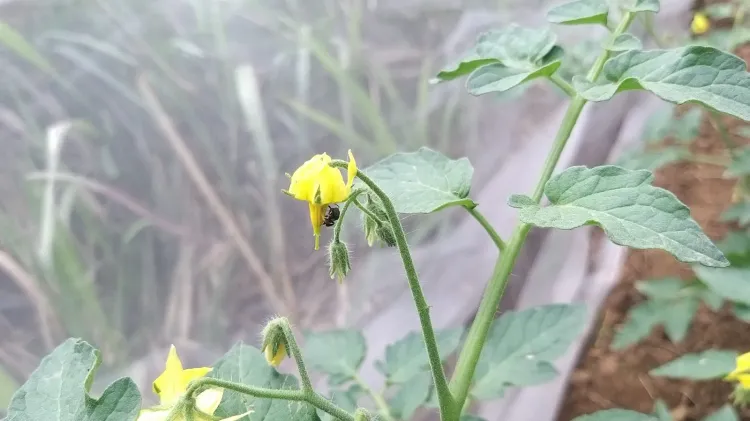Can Honey from Native Stingless Bees Combat Antibiotic Resistance?

Synopsis
Key Takeaways
- Stingless bee honey has unique antimicrobial properties.
- Remains effective even after heat treatment.
- Different from European honeybee honey.
- Potential natural alternative to synthetic antibiotics.
- Low maintenance requirements for larger-scale production.
New Delhi, June 24 (NationPress) Researchers in Australia have discovered that honey produced by native stingless bees has unique antimicrobial properties, presenting a potential solution to the global crisis of antibiotic resistance.
This honey, commonly referred to as "sugarbag" honey, is derived from three species including Austroplebeia australis, and exhibits notable antimicrobial activity, as reported by Xinhua news agency.
The team at the University of Sydney highlighted that the antimicrobial effects of this honey remain robust even after heat treatment and prolonged storage, which could be advantageous for medical applications.
This characteristic distinguishes it from honey produced by European honeybees, whose antimicrobial properties often rely on hydrogen peroxide and tend to diminish over time or under heat.
Findings indicate that the antimicrobial efficacy of stingless bee honey is due to both peroxide and non-peroxide mechanisms, allowing it to function effectively without hydrogen peroxide—unlike manuka honey, which primarily derives its potency from specific plants.
The study's lead author, Kenya Fernandes from the University of Sydney, noted that the consistent antimicrobial properties observed across various locations imply that the bees play a significant role beyond just the plants.
“The antimicrobial activity remains stable across all sugarbag samples analyzed, in contrast to honeybee honey that can vary greatly depending on seasonal factors and floral sources,” remarked co-author Dee Carter, a Professor at the University of Sydney.
Historically utilized by indigenous Australians for nourishment and healing, sugarbag honey is now being recognized as a viable natural alternative to synthetic antibiotics, according to the study published in Applied and Environmental Microbiology by the American Society for Microbiology.
Although each stingless beehive yields only about half a liter of honey annually, their low maintenance requirements could facilitate larger-scale production.
With the necessary regulatory approvals, this honey can penetrate high-value markets, and ongoing investigations into its antimicrobial qualities present new hope against antibiotic resistance, as the researchers indicated.








